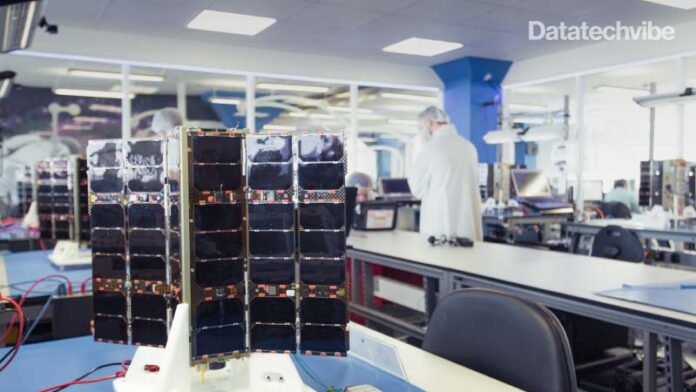Spire Global, Inc announced significant breakthrough processing wins for the Company, having recently launched multiple novel computing platforms for artificial intelligence (AI) processing, including “Brain in Space”, an on-the-ground simulated testbed replicating Spire’s LEMUR 3U platform. The testbed includes multiple embedded edge AI/ML modules enabling users to test their own AI/machine learning (ML)-powered applications. Spire also revealed the use of a ML program called JUNO, which combines the results of multiple models into one prediction to boost its ensemble weather forecasting.
“We collect a vast amount of data each day from our global satellite constellation and other systems, so processing and leveraging that data efficiently is key. At our core, we are an Earth data analytics company that happens to gather our data from the ultimate vantage point — space,” said Spire CEO Peter Platzer. “We are combining several significant and complementary technologies to provide improved modeling across a range of applications and our proprietary data streams.”
With JUNO, Spire’s neural network compares numerous weather predictions with measurements and then implicitly determines how to rank each model’s results. Multiple weather variables and models are used to correct the forecasts’ biases, for instance, looking at the historical relationship between predicted and measured temperatures including how pressure, wind, humidity, and other conditions impacted the results.
“We want to provide customers with the most accurate models that we can, and their markets have different modeling needs and demands,” said Razvan Stefanescu, head of statistics and machine learning at Spire Weather. “These innovations help us deliver highly accurate, reliable and customized weather forecasts for that particular industry.”
Also Read: AI, Explain Yourself!
Spire believes these AI solutions show potential in aiding multiple stages of its numerical weather prediction system, such as possibly helping with automated quality control, data assimilation and model errors, faster physics approximations, and improved optimisers, as well as assisting engineers and scientists with fine-tuning models.
With Spire’s Brain In Space simulated environment testbed, Spire and its customers are able to test how well AI/ML modules can support the development of advanced AI-enabled analytics and edge computing in space. Spire believes the testbed marks a step-change in the way small satellite constellations are operated and managed – paving the way for satellites to perform time-critical missions and make decisions autonomously, without increasing bandwidth and other precious on-board resources. Spire has already successfully demonstrated the use of ML capabilities in orbit using some of the modules on the testbed.
Spire’s systems improve as they receive more data, a positive feedback loop fueled by Spire’s more than 100 nanosatellites in orbit that gather observations around the world. These satellites already make radio occultation measurements, collecting detailed atmospheric data that can help reduce weather forecasting errors. As Spire launches more devices and capabilities, the constellation will produce more information, making efficient processing capabilities increasingly important.









